The 1989 Brazilian Grand Prix.
It was the opening race of the 1989 season.
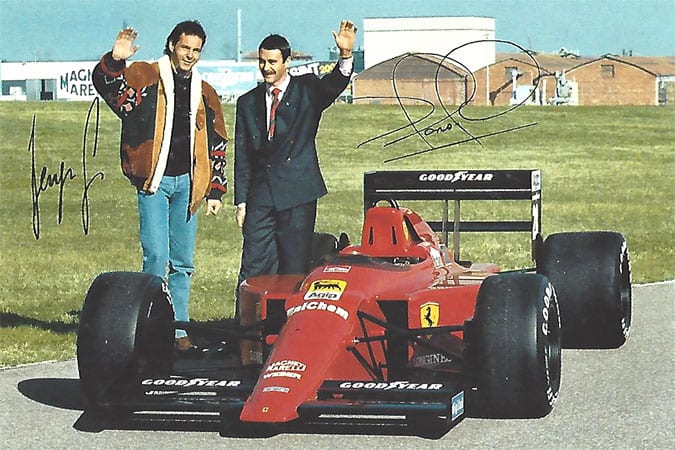
For Ferrari and their drivers, Nigel Mansell and Gerhard Berger, the expectations were low.
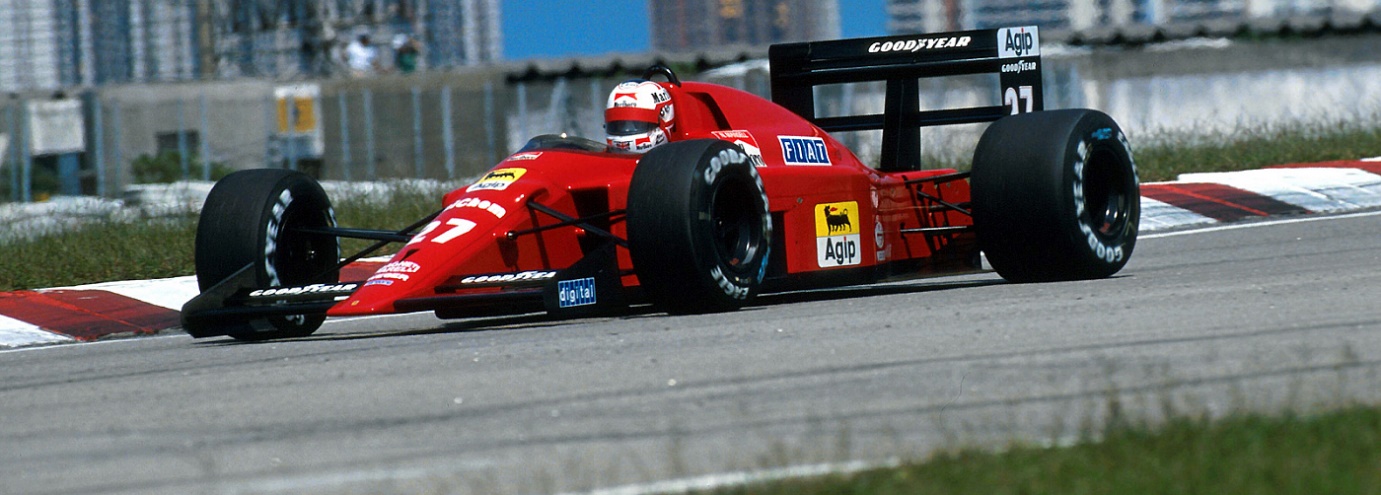
Their new car, the Ferrari 640, had a problem.
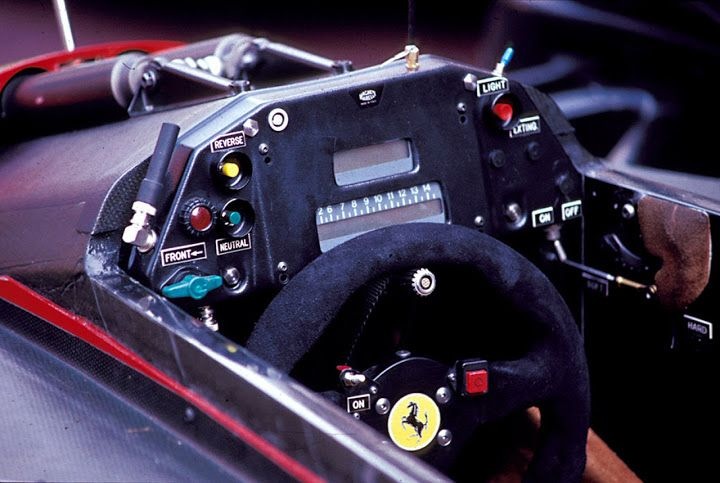
Ferrari 640 Cockpit (Unattributed)
The chief designer, John Barnard, had devised a semi-automatic gearbox that could be operated from the steering wheel using a paddle shift. In extensive testing the year before, it had proved to be unreliable. Barnard had decided to race with it anyway.
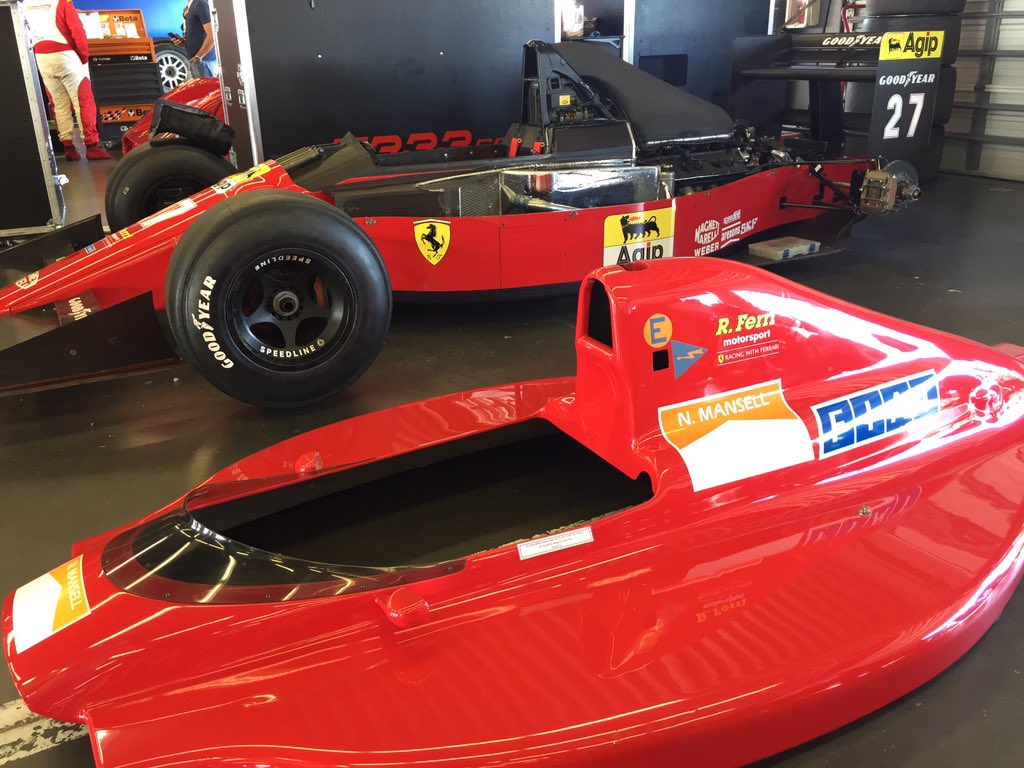
The impetus for this revolutionary new system actually came from Barnard’s desire to make a narrow monocoque for reducing drag. The sticking point was the gear stick in the cockpit and Barnard wanted to use buttons instead of a stick. Eventually his design team came up with the paddle system, based on those used on karts. The sequential gearbox was operated by two paddles, one either side of the steering wheel and one smaller paddle for the clutch, used at the start and in the pits.
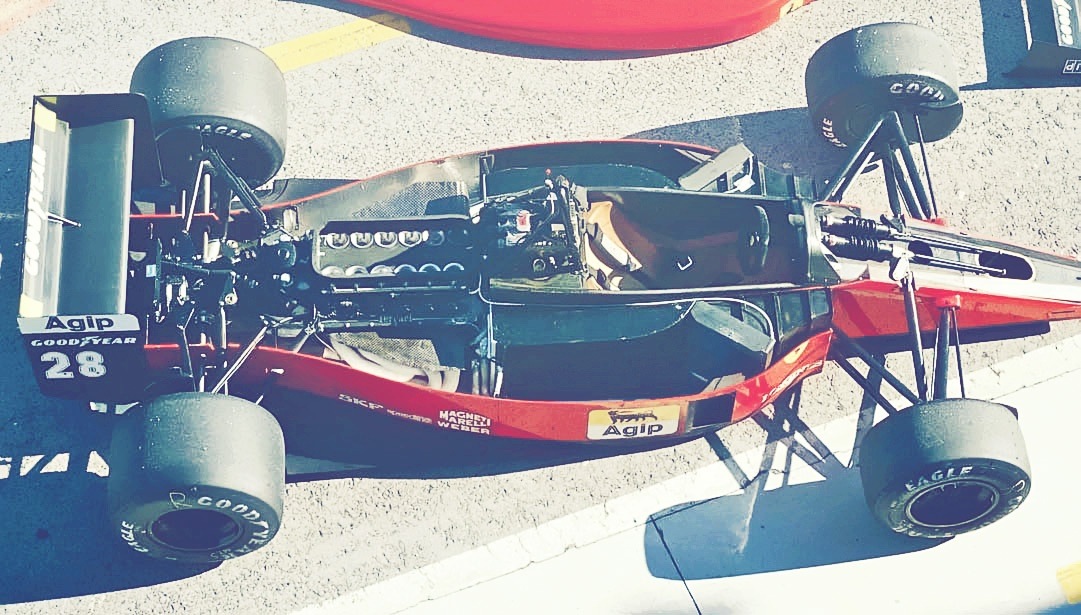
The super sleek 640 with its V12 engine made its debut.
Berger managed to qualify the car in third place, with Mansell in sixth. Then came the race.
Pole sitter, Ayrton Senna didn’t start well. Patrese got a good start and drew alongside him. Berger also rocketed off the line and went to take on Senna down the inside. The Brazilian’s natural reluctance to give Berger space meant that they collided putting an end to Berger’s race immediately. Senna found himself back in his pit for repairs to his damaged McLaren and ended the race well down the field in 11th. Riccardo Patrese and his Williams emerged unscathed and took the race lead.
Meanwhile, Mansell moved up to third behind Patrese and his Williams team mate, Boutsen. Eventually, as the hot Brazilian race conditions took their toll, both Williams cars retired, leaving Mansell to take an unexpected victory for Ferrari, holding off Alain Prost in the second McLaren. Brazilian Mauricio Gugelmin, in the Leyton House car, gave the home crowd something to cheer by completing the podium in third place.
Mansell would go on to take another victory at Hungary and Berger, who suffered an appalling accident at Imola, went on to win in Portugal. These were the bright spots in a season where the 640 proved unreliable, but as the season went on, the problems were solved. John Bernard said that it was actually the power to the gear box that failed. They had to use high speed photography to find out why the belt from the alternator kept falling off. The gearbox itself was pretty reliable.
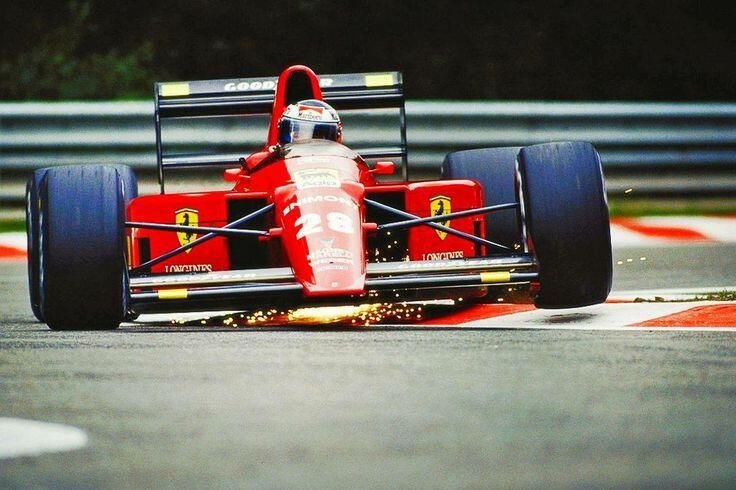
As well as saving space in the cockpit, the paddle shift turned out to be a time saver too. By 1995 all the cars on the grid had the electronic gear shift technology. Today it is commonplace in racing cars and is also used on high performance road cars.
Clare Topic
Videos
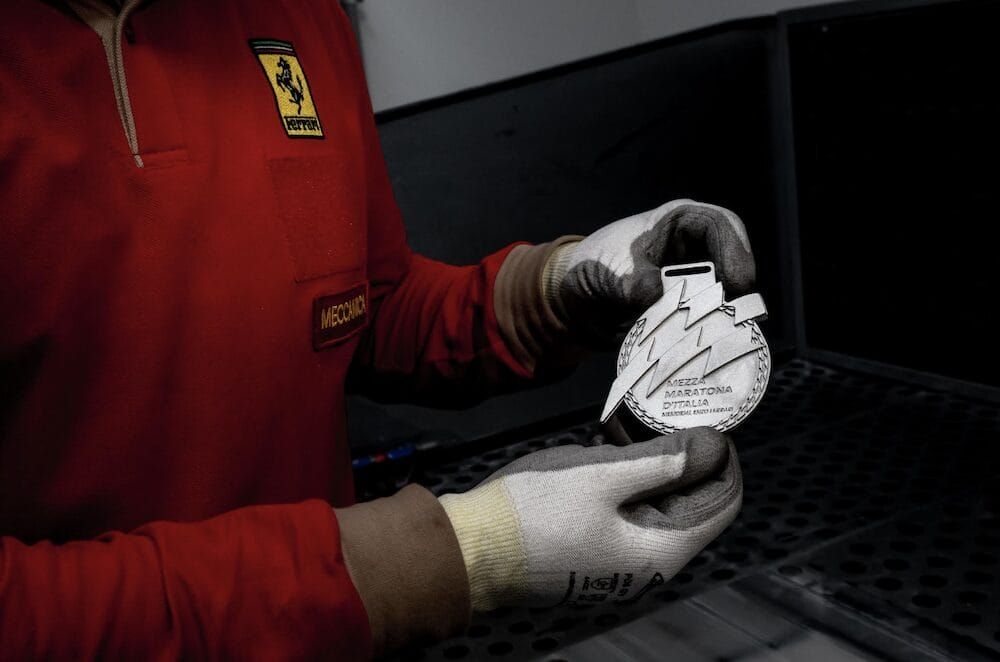


Comments
Authorize to comment